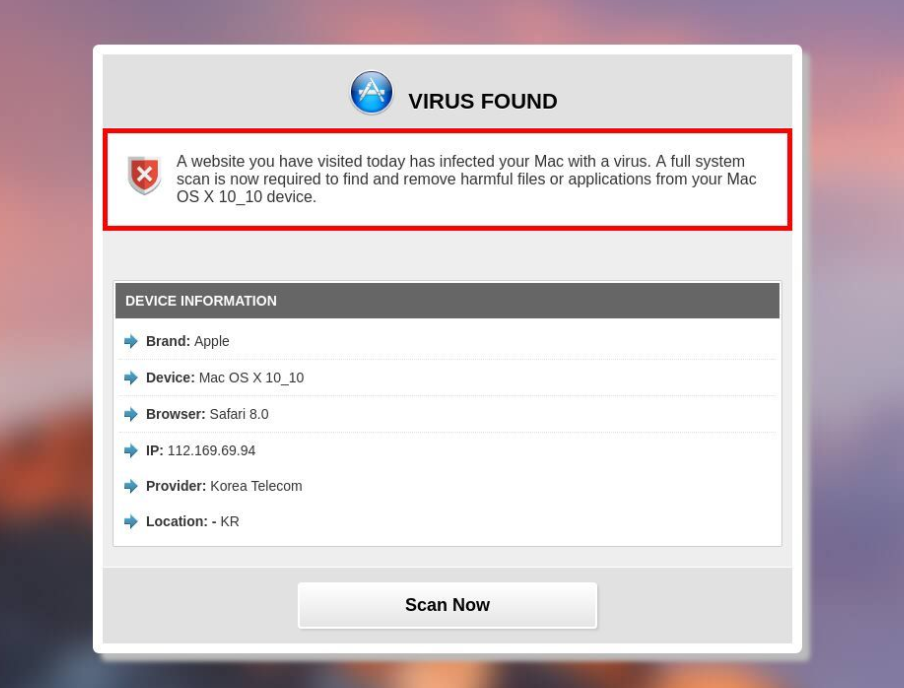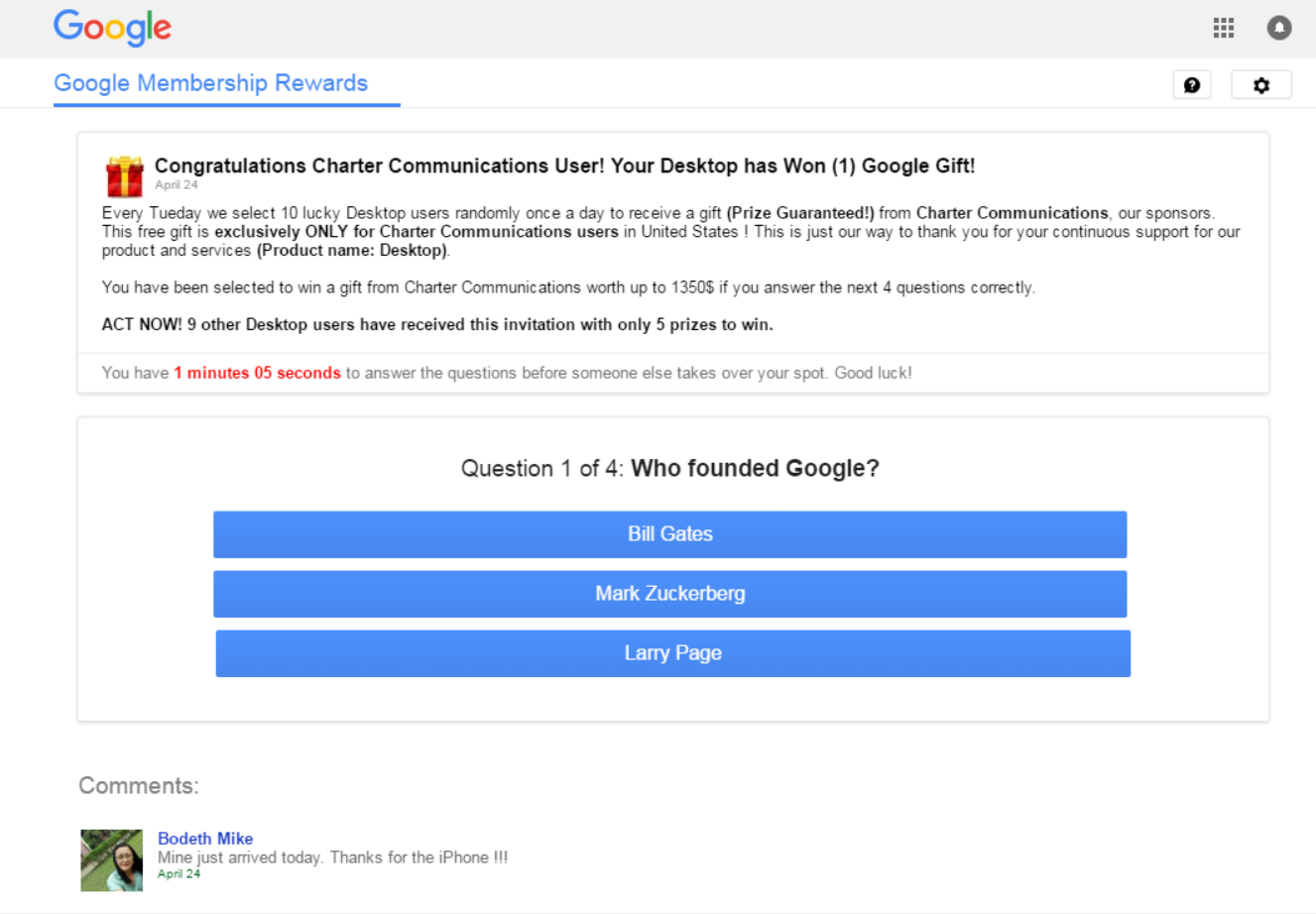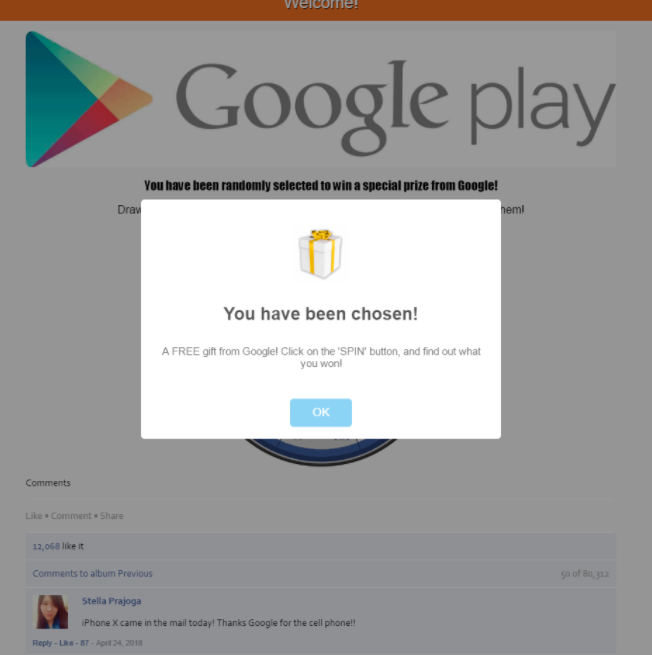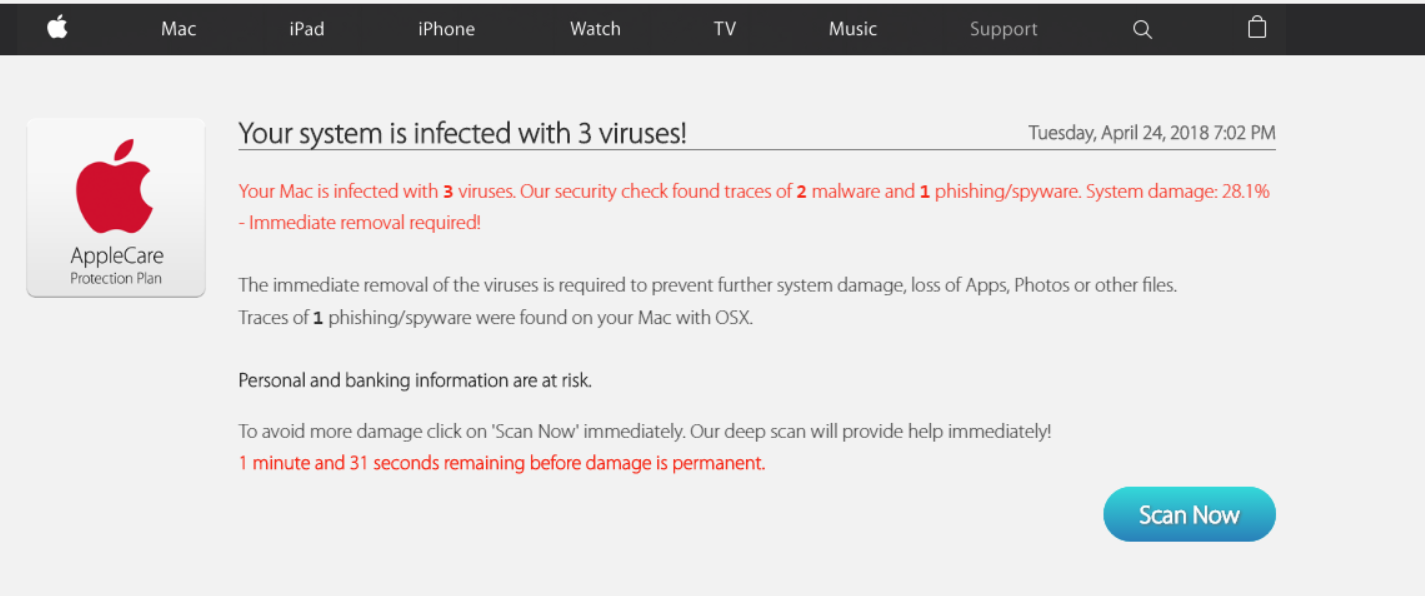Investigating Misleading Ads: What Are They and Why You Should Avoid Them
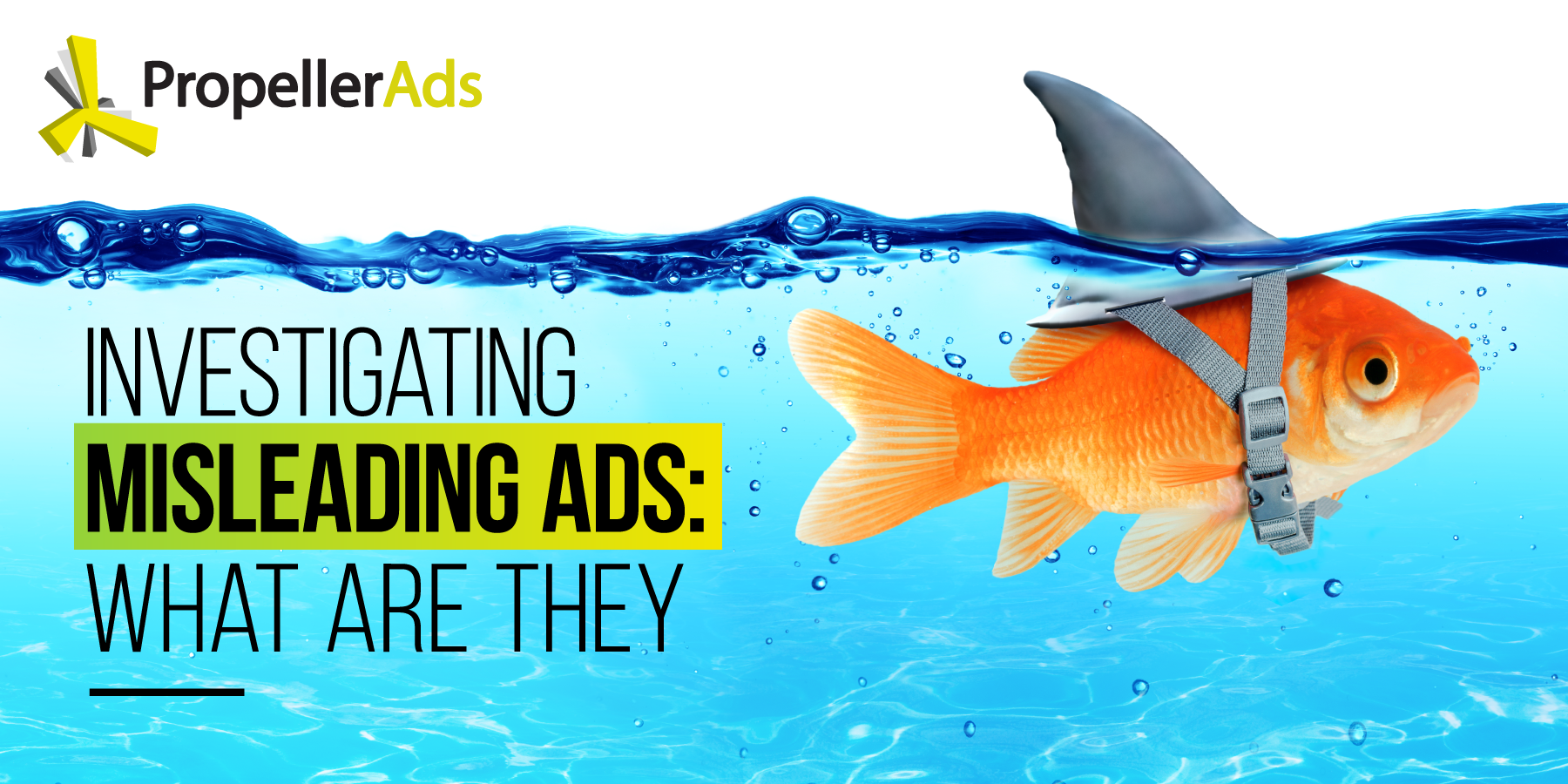
Online marketing has become a key part of any successful business, regardless of its size or industry. An effective digital advertising campaign can propel your venture off the ground and present it as a solution to your audience.
That being said, one of the biggest issues the marketing industry has faced since its early days has been misleading ads.
In this article, we’ll discuss the modern definition of misleading ads in digital advertising, go over the most common types, and examine the negative effects they can have on your brand. We also recommend you to check our Advertising Policy.

Misleading ad: imitation of browser operations
What are Misleading Ads?
Simply put, misleading ads portray inaccurate and deceptive information in order to get users to carry out an action. These ads use different forms of dishonest tactics such as false claims or statements, inaccurate affiliations, or fictitious company information, just to name a few.
Even though some deception tactics are as old as marketing itself, digital misleading ads took the center stage back in 2016. Google announced they removed 1.7 billion ads in one single year due to some form of misleading content or illegal practices.
Since then, minor and major ads networks and publishing platforms have started cracking down on deceptive content as well. However, as efforts to eradicate misleading ads increase, there are new types being developed at the same time.
Types of Misleading Ads
Misleading ads come in a huge array of shapes, sizes, and formats, just like regular pieces of advertisement. However, these are often categorized based on the tactics being used, with different types seldom emerging.
As mentioned before, all responsible ad networks and publishers should monitor and eliminate misleading content in order to protect consumers. For example, at PropellerAds, we don’t allow the use of any type of misleading advertisement.
This includes, but it’s not limited to:
Scare Tactics
Scare tactics rely on manipulation in order to encourage a certain response or behavior from users. They often employ alarming claims, statistics, and notifications that tell you about a problem and propose a fast solution. These ads usually say something along these lines:
“Your phone is unsafe”
“Your personal data could be stolen”
“Your phone/browser is not protected”
Illegal Use of Popular Brands
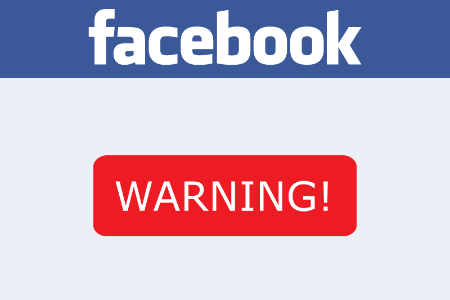
Unless a company is working directly with as a distributor or partner, it can’t use any other brand’s logo or branding as their own. At the same time, using fake or non-existent branding, logo, or company name is also considered misleading.
Fictitious Bonuses and Sweepstakes
Promotions are a reliable marketing strategy, but launching fictitious sweepstakes, bonuses, and giveaways is extremely unethical and misleading. The most common misleading ads that use fake bonuses and sweepstakes tend to offer new gadgets like the latest iPhone, although some may offer cash or other incentives.
Imitating Popular Website Interfaces
A savvy designer can make an ad look like a popular website in order to entice users to click on it, which constitutes a misleading ad.
Mimic Browser Operation

Similarly to ads that imitate popular website interfaces, some may look like part of your browser’s operation. These ads usually contain buttons that say “continue” or “close” without actually serving those purposes.
Imitation of Website Functionality


These ads are imitating usual website functionality: pagination, close buttons, video players, chat boxes, download buttons with the only difference that all these features do not work and are, in essence, just a banner. So if a user clicks to close the ad, he is redirected to landing page.
Using Celebrities and Influencers Unlawfully
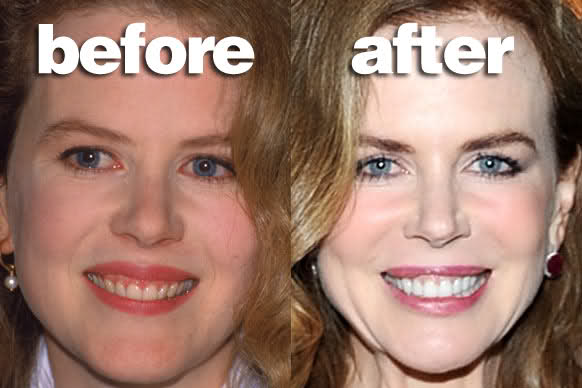
Skilled professionals and celebrities tend to set trends, but using their images unlawfully is considered deceptive behavior. Make sure you have the right to use any images that feature influences such as celebrities or industry professionals.
The Impact of Misleading Ads on Your Business
Misleading ads don’t deliver useful content to users, so they don’t provide any value or improve the user experience. At the same time, misleading ads can result in:
Lower-Quality Traffic
Misleading ads usually redirect users to another product page, malware site or simply generate non-existent clicks. For this reason, they tend to have lower-quality traffic and minuscule conversion rates when compared to ethical methods.

Low Lead-to-customer Conversion Rate
Clickbait banners and display ads do their job at bringing tons of traffic to pre-landers or landing pages, but what happens next? Obviously, clients who were coming to get a “$500 bonus” or a “free iPhone” would be frustrated to discover that there’s actually no deal. So even if the person registers, he doesn’t proceed with purchases, depostits or other target actions.
Long-Term Effects
Misleading ads are annoying, to say the least, so they create a negative perception of your brand. Brands looking to deliver quality products should not rely on misleading ads because they will build a bad reputation with their client base.
Issues with Trust
Misleading ads are also associated with viruses and other types of malicious software, creating a huge problem with trust.
Banning and Censoring
Networks and publishers ban misleading ads in order to protect consumers. All companies using deceitful tactics run the risk of having their ads banned or censored and may potentially lock out their account.
Legal Repercussions
This depends heavily on the location where your ads are showing and other factors. We’ll cover this topic in detail in one of our upcoming blog posts, so stay tuned!
How the Digital Marketing Industry is Fighting Misleading Ads
Besides Google taking down millions of ads in 2016 alone, the entire digital marketing industry is participating in a movement to minimize misleading ads.
The Coalition for Better Ads was formed to help reduce the usage of deceiving advertising. Moreover, the Coalition created the Better Ads Standards to define the range of acceptable ads that don’t push customers to adopt ad blockers.
The Better Ads Standards were set up using an innovative methodology that allows the development of new positive ad experiences.
One of the biggest talking points this year has been digital fraud via cryptocurrencies and ICOs. It’s estimated that around $9 million are lost every single day due to cryptocurrency scams. This has pushed major ads networks to limit or completely ban ads related to these ventures. These include, but are not limited to:
Choosing a Dependable Ads Network
A reliable ads network will monitor and eliminate most misleading ads, allowing you to compete for clicks in a fair environment.
Interested in advertising with us? Learn more about Propeller Ads by getting in touch with us via our online contact form.
